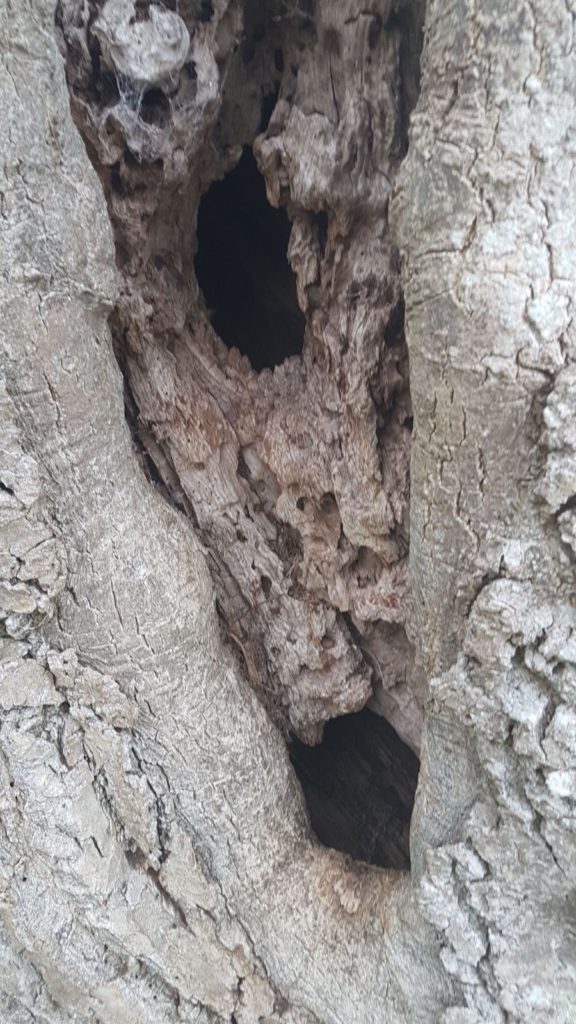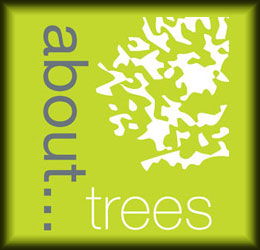As the title says, sometimes the best course of intervention is no intervention. What does this mean to us as Arborists? Well, quite simply sometimes we have to look beyond the financial rewards that this job brings. We should re-focus on why we all decided a life of tree climbing and caring for trees is what we chose to do, because lets face it, it’s hard, messy and dangerous work. Whilst it un arguably a fantastic profession, swinging around trees with chainsaws, there’s something bigger at stake.
If we don’t do the right things for our trees who will?

No intervention – why?
Without sounding too poetic – for the love of trees. Quite simply these are the most incredible living organisms on the planet (well at least this is my belief). They can be seem as our guardians, providing precious Oxygen for us to breath, forming micro- ecosystems themselves and generally being pretty damn impressive at growing enormous and standing up. This is why when we as Arborist come across old, veteran trees we should treat them with the respect they so rightfully deserve. Think – they have been standing sentinel for many years, through wars, floods, droughts, climate change and so on. In a fast moving world, trees offer us a sense of stillness and relaxation. They give us another perspective.
Dead wood is bad wood right?
NO! Dead wood is highly beneficial wood, it supports a whole host of insects and fungi that may not survive on live wood, it’s retention should be encouraged as much as possible. Clearly this is somewhat over shadowed sometimes by health and safety risks. Of course, a measured, professional decision should be made with regards to the retention of deadwood in the crown of a tree. My view is, if the tree is in an area of high public footfall then of course this somewhat out-trumps the retention of the wood in the crown. If, as the case here the tree is in a private estate and the owners are aware of the status of the tree (in this case the Fraxinus excelsior var Pendula – weeping ash is a Veteran tree) as the benefits then lets try to push for the course of less or even better no intervention.
Let’s leave the wood be, let’s leave it in the tree.
What is a Veteran tree?
A veteran tree can be any age, but it is a tree which shows ancient characteristics such as those below. These may not just be due to age, but could result from natural damage, management, or the tree’s environment. This doesn’t mean it is an Ancient tree- we will talk about this later.
- > A low, fat and squat shape – because the crown has retrenched (reduced in size) through age
- > A wide trunk compared with others of the same species
- > Hollowing of the trunk (not always visible)




Cracks, hollow and cavities all point us in the direction of Veteran tree.
The above characteristics increase the tree’s value as habitat for wildlife (cavities, cracks hollows etc.)
Essentially if the tree looks like a battle scarred warrior it could well be a Veteran tree. This is not necessarily based on the age of the tree. A chronologically young tree could still be a veteran.
I think you’ll agree, the tree Joe is up is indeed a veteran.
How did we approach the job?
In short we did very little to the tree, there was one section that we had to remove some heavy wood as there was a fear that it’s weight would cause a much larger limb to be shed. This wood was cut and left at the base of the tree for local flora and fauna to make use of. Some photos were taken of the various cracks and wounds and our findings and recommendations will be passed on to our client. We were lucky in the fact that our client on this occasion is very much into their trees, and ecology as a whole. There was little explaining needed.
What next?
This tree will be monitored annually and risk managed by About Trees Ltd. Whilst not earning too much money on this job, what we have done is ensured this veteran tree sees more days and years and ultimately impressed upon our clients that we are a progressive, forward thinking company that is not interested in the quick buck. They will call us back when they need help or advice, we’ve started to build an honest professional relationship. That’s got to be worth it in the long run hasn’t it?


